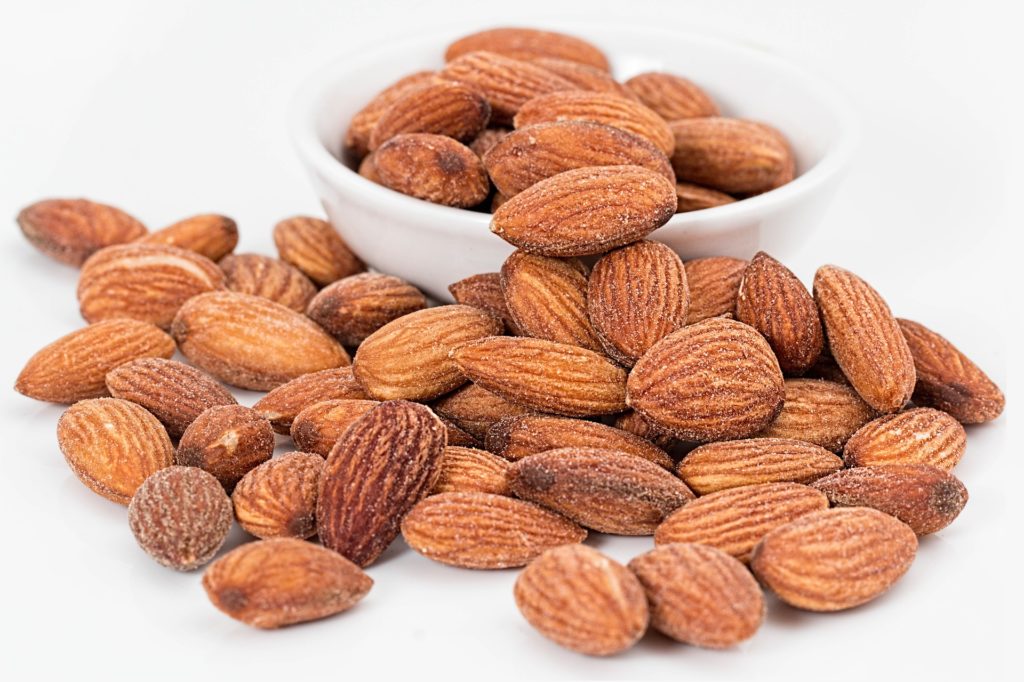
Have you ever wondered why it is so different how quickly and how much small babies put on weight during the first years of life? Now researchers at the University of Bergen in Norway have found that this is largely controlled by our genes. The findings provide insight into the mechanisms that control appetite and energy metabolism early in life and can help us find better treatment for obesity in adolescence and adulthood.
After birth, we grow fast. The length increases by about 50% and the weight doubles during infancy. Then the growth slows down and goes into a stable phase in childhood until a growth spurt in puberty. But what drives this dynamic growth?
Researchers at the Center for Diabetes Research, University of Bergen, Norway have now found the explanation. They studied the genes of 30,000 children and their parents from the Norwegian Mother, Father and Child Cohort of Norway. Many millions of genetic variants from each individual was examined and linked to growth data from a series of measurements of height and weight from birth to eight years of age.
The findings have attracted a great deal of attention.
“It turned out that genes linked to extreme obesity, appetite and the body’s energy consumption are responsible for the growth regulation”, professor Pål R. Njølstad says.
“This is dynamic in that specific genes have an effect only on some of the different phases of growth. We believe that this is probably one of the reasons why parents have always noted that some children are born with a naturally higher appetite than others and have significantly more fat mass in infancy. It seems that these dynamic effects are especially important in the first years of life, and that they do not increase the risk of later obesity”, Njølstad says.
Some of the genes are linked to drugs that are being tested to slow weight gain in extreme obesity. The findings may thus be important for the treatment of normal obesity. The results are now published in the journal Nature Metabolism.


